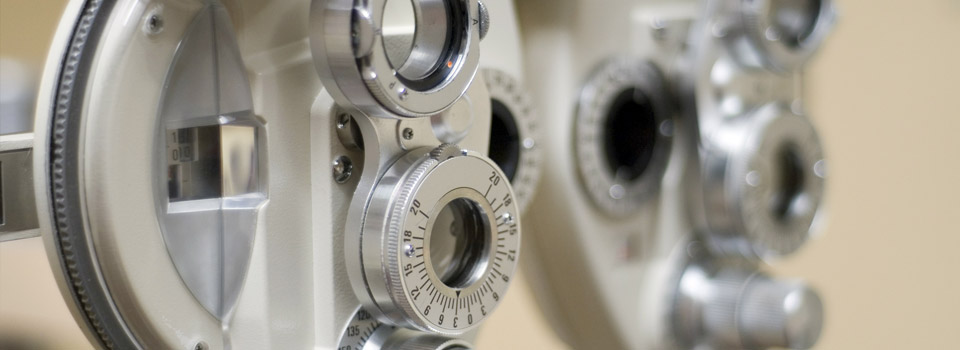CATARACTS EXPLAINED
By Dr. Lawrence MacAulay
A cataract is a clouding of the crystalline lens within your eye. Cataracts blur your vision, similarly to a foggy car windshield. This can make it more difficult to read, or drive and can make everyday activities more difficult.
Cataracts are a normal occurrence with aging. Generally people over 65 have some cataract development but may be without symptoms in early stages. Some people may live into their nineties without any symptoms of cataracts. Less commonly, cataracts can occur in younger individuals. For example, early cataract development can be caused by some types of medication, eye trauma, eye surgery, certain medical conditions (such as diabetes), and exposure to excessive amounts of ultraviolet light (sunshine).
You can help prevent early development of cataracts by protecting your eyes from sunlight. It is recommended that you wear sunglasses that block the ultraviolet (UV) rays of the sun when outdoors. There are also clear UV-blocking coatings that can be applied to your regular glasses. A balanced diet that includes foods with Vitamin C and E is also recommended.
Cataract surgery is a common for seniors and is very successful in most cases. The most common type of cataract surgery is called Phacoemulsification (this is not a laser surgery) and includes a foldable intraocular lens insertion. The standard lens implant is designed to focus distance objects only and most people will need reading glasses after their cataract surgery. In recent years intraocular lens implants have been developed that will focus distance and near without glasses, but they may not work well for all people. Cataract surgery is generally relatively painless without complications. About 20% of patients require laser surgery, called “Yag Posterior Capsulotomy”, after their cataract surgery. This clears up a haziness of the capsule, which originally surrounded the cataract, for patients who may notice their vision becomes cloudy again after their cataract surgery.
Canadians are fortunate that they may receive a successful, normally painless, surgery to correct the blurriness caused by cataracts that is usually completely covered by the BC Medical plan. For many people cataract surgery allows them to see well without glasses or contacts for the first time since they were children.


